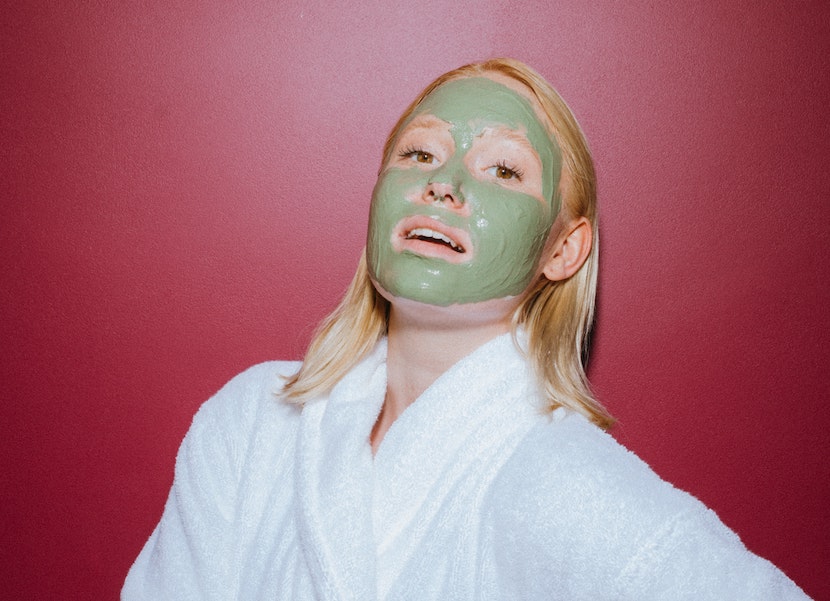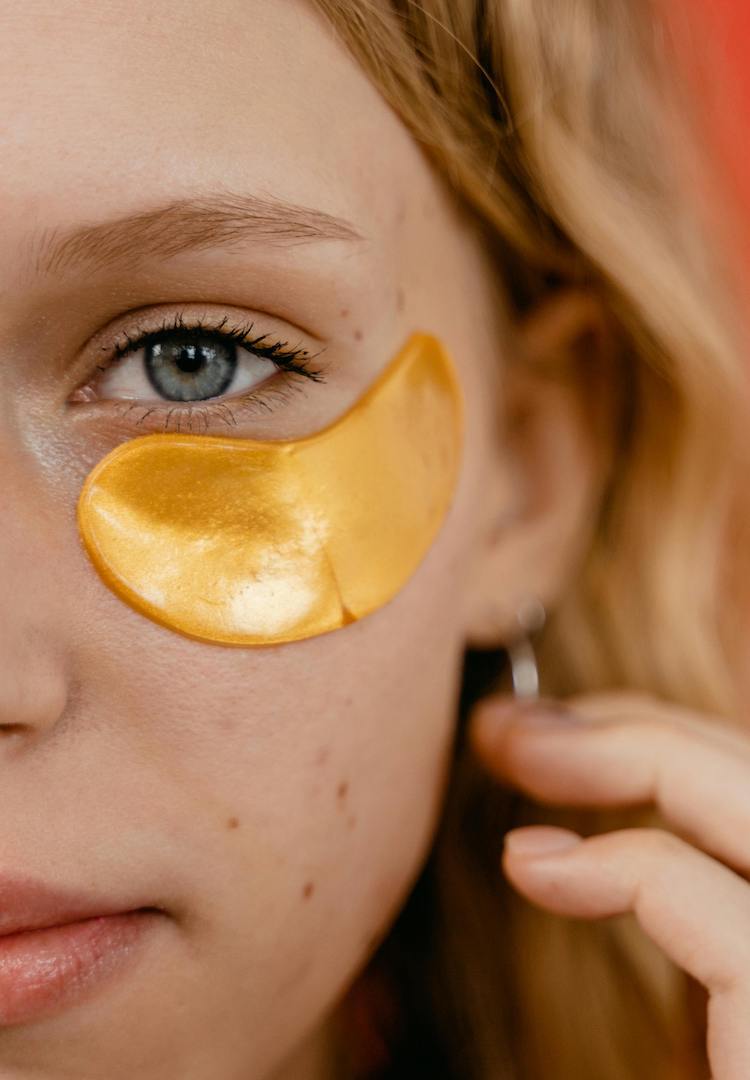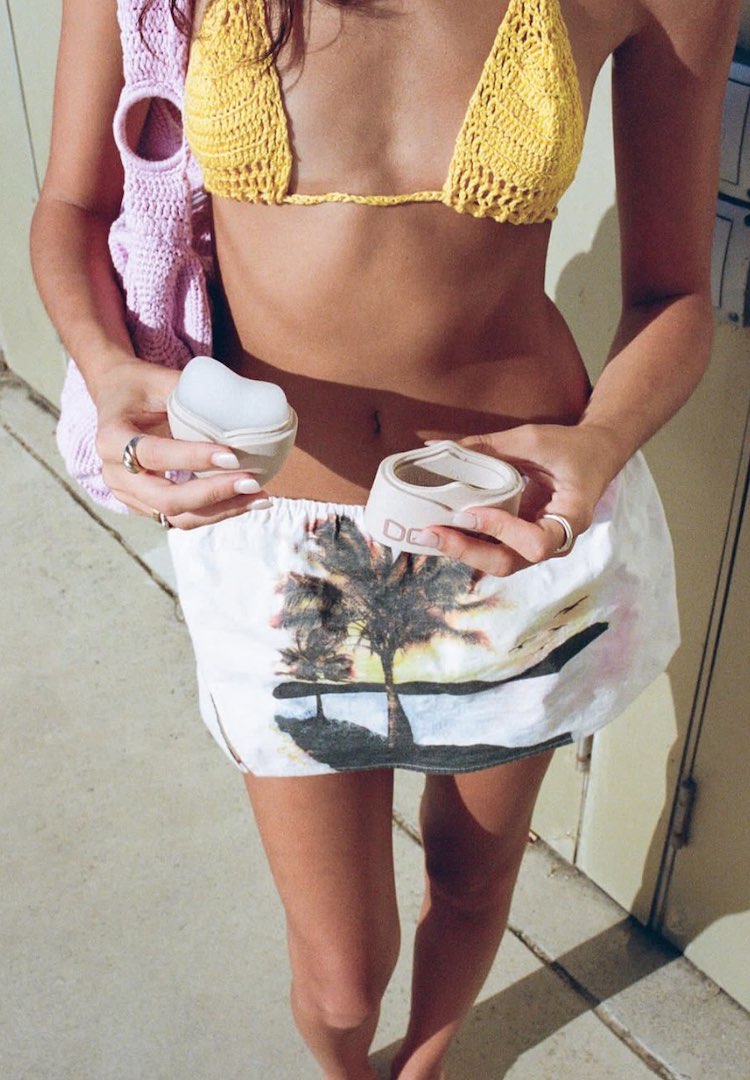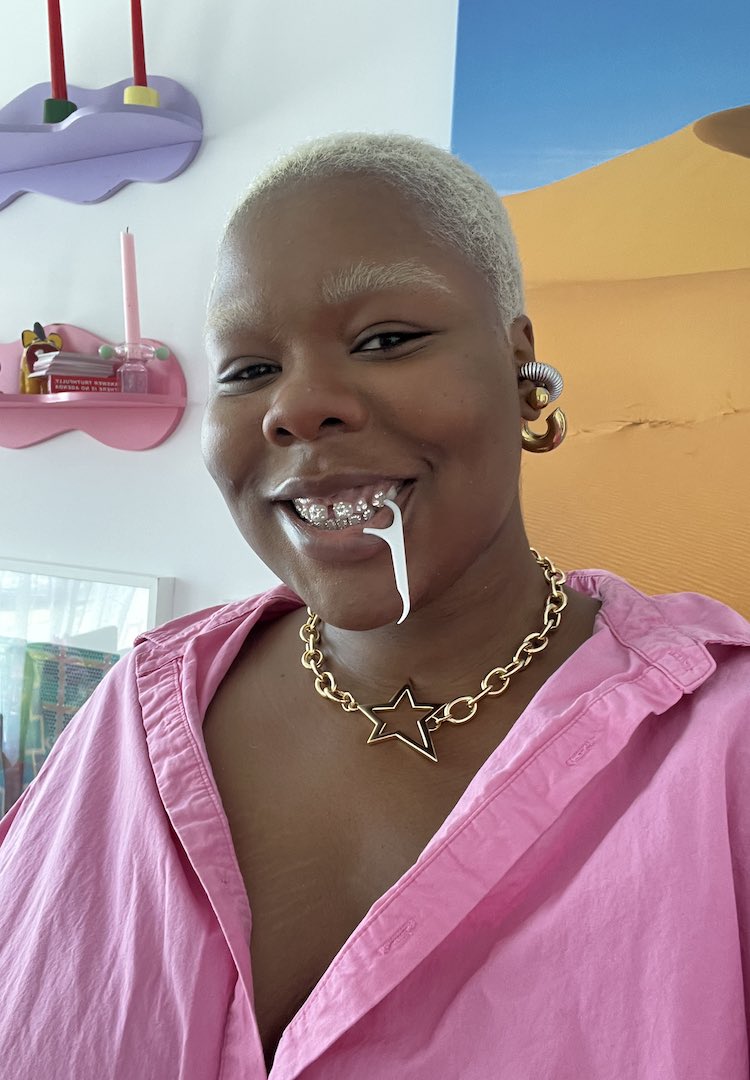Adore Beauty’s Senior Content Manager on curating a money-savvy skincare routine
WORDS BY FASHION JOURNAL
Scrimping and saving.
If you have even a passing interest in skincare, you’ll be all too familiar with how easily it can break the bank. A quick browse online can result in numerous overhyped serums and sheet masks in your letterbox and a serious hole in your bank account. Thankfully, there are experts like Joanna Fleming, Adore Beauty‘s Senior Content Manager, who have years of hard-won knowledge when it comes to spending less on skincare.
“The best thing you can do for your skin is not be influenced. There is no silver bullet when it comes to skincare, and there is no single product that is going to repair melasma or acne overnight (even if we want it to),” she tells us.
We like nosy people. Don’t be shy, head to our Beauty section for more.
“Sure, I can tell you to buy fewer products and to consider your skin type and concerns before purchasing the latest serum your favourite influencer is posting about, but what I really want to do is help you be smart about how you spend your money on skincare.” Most of us are in a pinch right now with rising interest rates and the increased cost of living, so below she’s shared her top tips on how to save some dollars when it comes to your skincare routine.
Opt for a more affordable cleanser and moisturiser
Considering how little time your cleanser spends on your face, you don’t need to spend big bucks here. CeraVe’s range of cleansers does a fantastic job, and there’s one for all skin types and concerns. There are also some great affordable moisturisers around that help to prevent trans-epidermal water loss, maintain hydration and nourish the skin – two of my current faves are Bioderma’s Sensibio Defensive and The Ordinary’s Natural Moisturising Factors + Phytoceramides.
Spend money on active serums
My personal preference is to use cosmeceutical-grade serums (that word really isn’t regulated but in our industry, these are products that are science-backed and results-driven and usually available in clinics), especially vitamin C and retinol. This is a long-term investment in your skin. Some brands on the slightly more affordable end of the scale are ASAP, Alpha-H and Skinstitut.
Review your skincare collection for double-ups
Something I see all too often when performing skin consults as a dermal therapist is clients having two or three products that are essentially doing the same thing. If you’ve got a niacinamide serum that also contains hyaluronic acid and you’re using it daily, you probably don’t need another stand-alone hyaluronic acid serum in your routine, so check your ingredient lists!
Nurture your barrier
Avoiding ultra-drying ingredients, not overdoing it with abrasive products and treatments, and keeping the skin well-hydrated should ensure your barrier is functioning as it should (read: keeping the good stuff in and the bad stuff out). Impairing your barrier leads to all kinds of skincare concerns arising, which equals spending more money on more products to try and treat those concerns.
Cleansers
In my opinion, double cleansing is one of the most underrated skincare practices going around (even though we preach about it constantly). Everyone’s so focused on serums and treatments that the humble cleanse gets forgotten, but it truly can be transformative if you haven’t been cleansing effectively. Leaving makeup and sunscreen residue, as well as excess oil, dirt and other debris on the skin (especially overnight) is almost guaranteed to lead to congestion, inflammation and free radical damage.
Makeup, sunscreen and sebum are lipophilic, so they’ll easily dissolve away with an oil-based cleanser, but may not get washed away so easily with only a water-based cleanser. Using a cleansing balm or oil prior to your cleansing gel, milk or cream helps to lift off that stuff I just mentioned so that your secondary cleanse can be more effective on the skin.
For more of Joanna’s skincare advice, head here.










